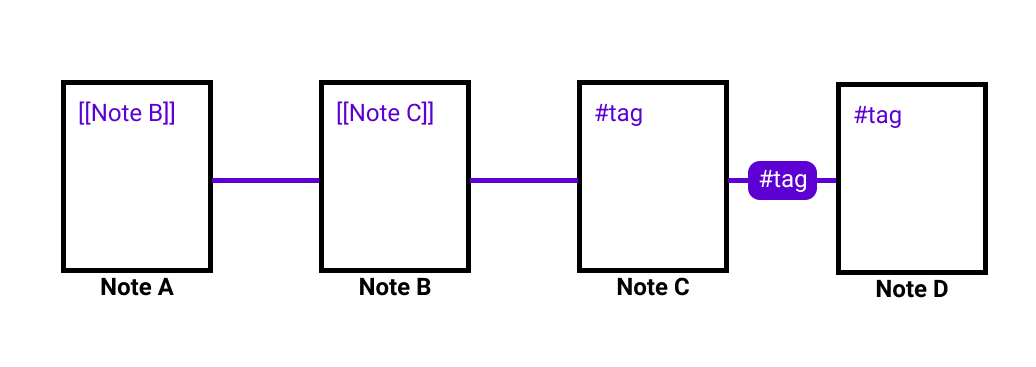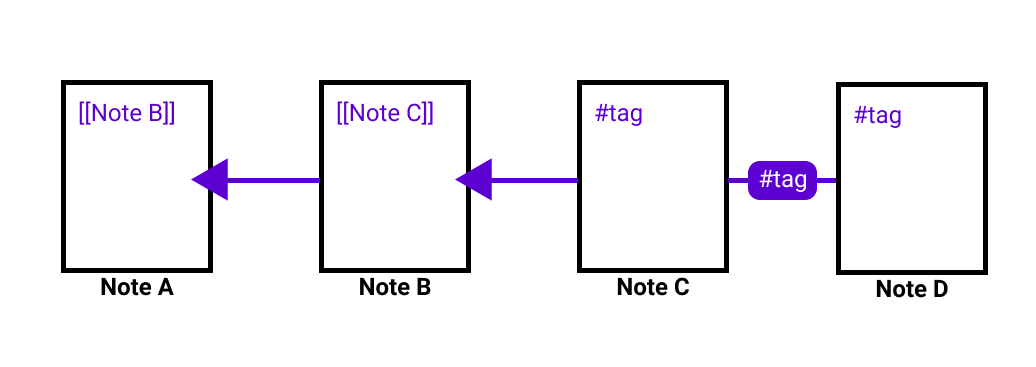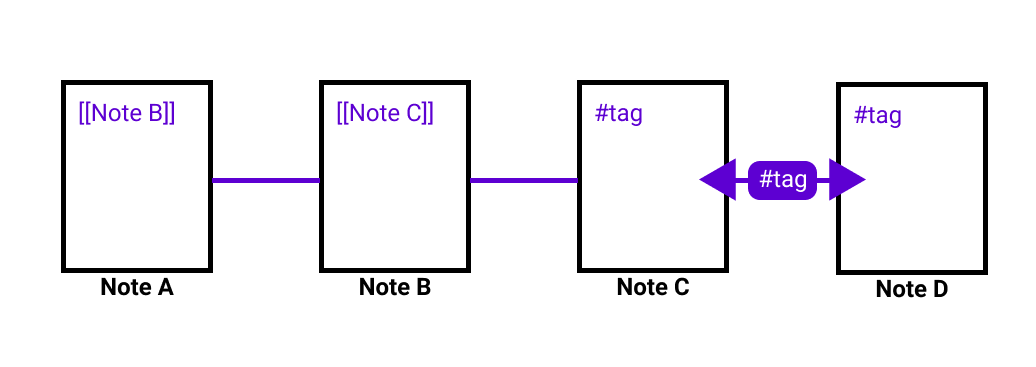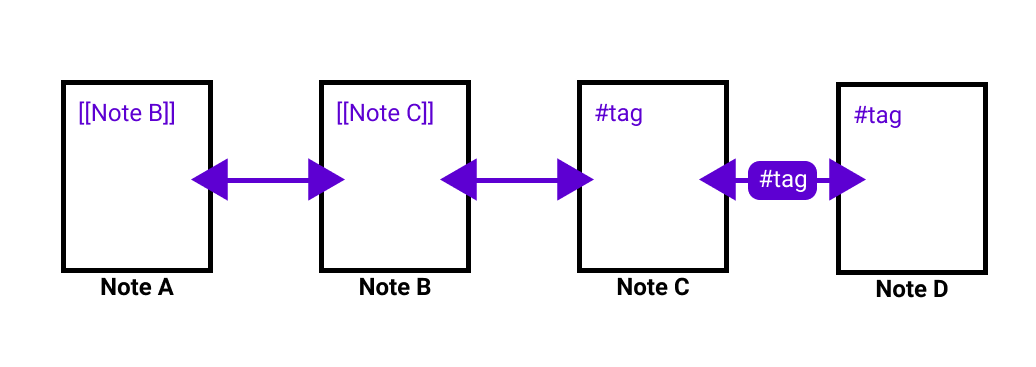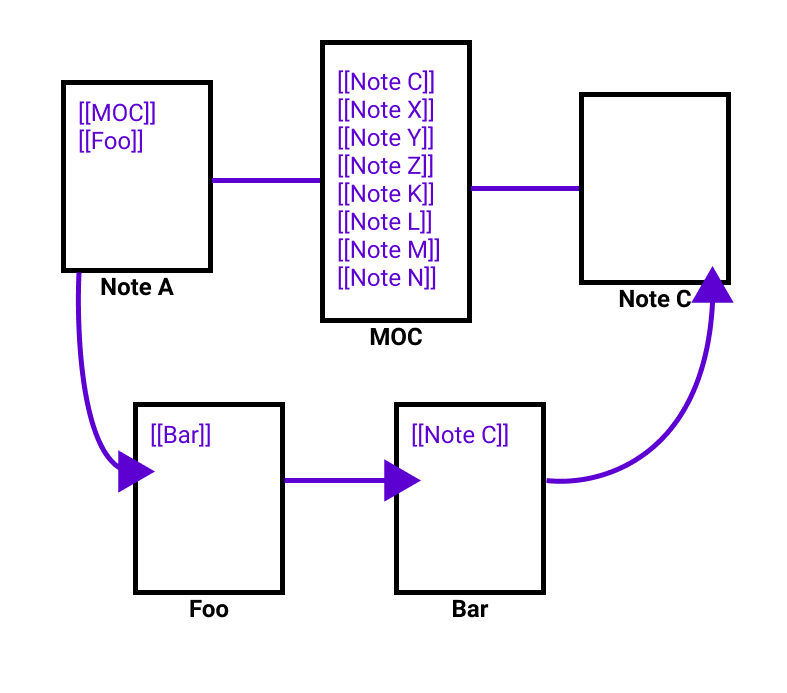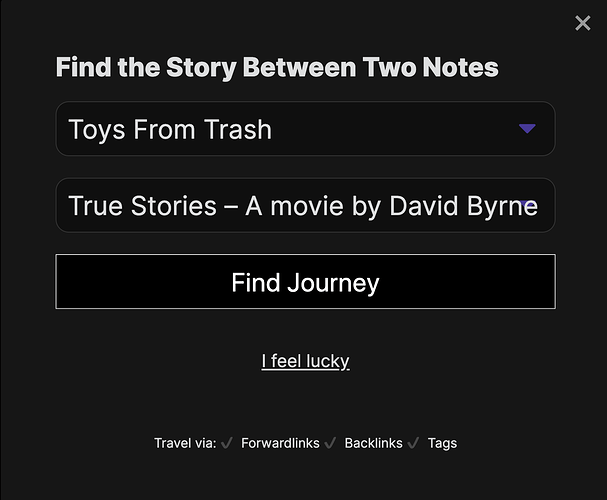@osgav – Makes total sense! Thank you for sharing. The auto-linking could be an on/off option easily. This would allow you to paste the list and then you could hover to get inspiration/remember what’s in each note. Would help with writing the draft for sure!
Hi @Erick_James_Dodge! Noted! I’ll get to finishing the plugin up so we can all test it out soon  Cheers!
Cheers!
PS: Yes. What IS that connection between Zeus and Thor!?
These are like my digital equivalent of printing out everything I may need before setting out on a task.
I create these by quickly collecting notes that may be useful and transcluding it all in one place without too much concern for any logical order other than how I may see myself using things that day.
They are exported PDFs to be brought into Photoshop to be marked up with digital handwritten comments, pasted sketches, renderings, screenshots, etc… (pretty much anything other than typed comments, which are the only reason I will open Obsidian during these sacred getaway times).
It’s like a way to free myself from committing to a permanent and rigid order within my vault and allow for more experimentation depending on the content and context of use. As much fun as it is to organize a vault, setting some limits on what I am going to look at during a design process kind of holds me accountable for keeping an organized enough vault that makes generating these documents easy while also freeing (or limiting) my mind from needless wandering around a rather overwhelming place that can be distracting during creative time.
It’s kind of hard to explain, but I am trying. These documents are intentionally not bound by rules other than that I am committing to not letting myself create reasons to return to Obsidian to create new notes unless absolutely necessary. During that day or period of time, I rely on this document to unload all useful information to later properly integrate back into vault.
I’m not gonna be adding much value to the discussion here, but the plugin reminds me of this site called xefer which shows how almost all Wikipedia articles have a connection to the article for Philosophy, and it shows these connections with a graph; try it out and see for yourself! Actually found this in the Obsidian Discord some months ago.
There was a great BBC video segment on data visualization of Wikipedia articles. I just tried looking for it but couldn’t find it. Fascinating bit is that about 95% of all articles eventually link back to one topic. And that topic is … Philosophy.
As a former philosophy major, I had to look it up, and it’s true: Xefer Wikipedia Radial Graph
@3mbry0: everything related to philosophy? A bit far-fetched.
I agree. “Related” might be too strong a word.
This kind of pattern appears because e.g., an article about bridges might mention physics, which mentions branches of science, and science mentions philosophy.
Does this mean bridges are related to philosophy? A matter of interpretation, I’m sure. Nonetheless, the straw dog example above doesn’t exactly represent a glimmering, inspired insight.
@akaalias Brilliant work though. This is exactly the kind of plugin I’m excited to see in Obsidian’s future. It gets beyond tools that making writing easier to tools that make thinking… more interesting, if not easier. However, my critique above stands: at its most basic, a shortest-path chain of notes isn’t necessarily semantically sensible. To wit, the suggestions about “avoid [X]” make a lot of sense to me!
There’s also the possibility of using graph theory to drive further serendipity. E.g., “in this subgraph, what is the shortest independent loop set? What do those loops mean?” These analytics might also be semantically spurious, but the more you can ask your graph, the more answers—right or wrong—it might provide.
I’m using that as an example of how the notes connect. I’m fine with the list, but I want to see how my notes connect even if they’re as random as one of those maps. Sorry for the confusion.
I don’t know what forward means in the context of a collection of notes. So, I would say that to arbitrarily limit the direction of links is not a good idea (i.e, A and C should be allowed to connect). But to intentionally direct links is a very good idea. E.g., I want to see how topic X has changed in the last 5 years. In this case time is an appropriate limit (i.e., A should not be allowed to connect to C). Does this make sense?
In my mind, the most important note is the one that triggers the journey. It is usually the one I have just written. The one that is relevant to me now. (I do not know why anyone would want to connect old notes together except to say, hey that’s cool). Focusing on the present makes sure that your “journey” is relevant, and that you don’t generate gnarled mess of connections. Because as @Klaas wrote: everything related to philosophy? A bit far-fetched.
You’re right @Klaas, though I didn’t really use the word “related,” I do tend to use that and “connected” interchangeably, which probably showed from the way I used it.
@ryanjamurphy explained it well
Nevertheless, the point I was trying to make was of how two topics are connected based on the links in between, which is what I’m seeing from this plugin, and thus made the connection with xefer. Two topics may not be related per se, but following the links in between as well as how our mind starts from one topic and ends with a waaayy different topic—who’s to say we can’t make the “connection” between say sushi and philosophy?
Now, so that this post isn’t too unrelated, I want to talk about the plugin, though the connection I’ll make here isn’t going to be exactly the same with how @akaalias demonstrated it…
From experience, seeing or finding the connection between two unrelated topics is fun, whether I’m just letting my mind wander or when having a conversation with a close friend, asking the question “how did I/we get here?” and then tracing my/our steps back to surprise ourselves with how far the topics have gone. I think this plugin can add more value in finding connections between our notes by bringing in the fun we get that’s similar (though not exactly the same) from letting our minds wander into our vault. It can make things easier when we tend to force ourselves to find the connection between two seemingly unrelated notes when the connections aren’t obvious, and it can simply make things more fun, which makes the work more sustainable. I’m personally excited for this plugin so that I can see these not-so-obvious connections between my notes and I’m also just curious of how much fun I can have with it ![]()
Your plugin sounds very interesting @akaalias. Reminds me of the large-hierarchy visualization problem that Lamping et. al., from Xerox PARC, described in 1995. (It’s a quick read.)
Tinderbox tries to address this with its hyperbolic view – not very successfully, IMO, because the underlying link data in a Tinderbox model are so rigid. Will definitely want to try out your plugin to see if it improves the speed and quality of suggested pathing.
To this request, I would ask for one more connection , if possible….Aliases in YAML.
A quick update
Hi there!
First of all, I want to thank you for sharing your comments and ideas. This has been so incredibly helpful and encouraging for me to move forward building this little tool for you.
I want to give you a quick update on…
- Where we are in the process of submitting the plugin
- What features you can expect in the upcoming release
Where we are in the process of submitting the plugin
- Create the first release
- Create a pull-request to be reviewed by the Obsidian team
- Pending: QA feedback from team Obsidian
- Pending: Implement QA requests from team Obsidian
From submission to in-the-plugin-directory usually takes between 3-5 days. There are currently no other pull-requests, so this may even go faster.
I will share an update as soon as I get QA feedback from team Obsidian!
What features you can expect in the upcoming release
As you know, at the heart of it, this plugin finds the journey between two notes in your Obsidian vault.
Based on your feedback and comments, I realized that there are many different ways to go on that journey! As cestvrai wrote:
I’ll only add that the more configurable this is the better.
So I’ve created a bunch of features you can mix and match them as you see fit just like you’d set your cars navigation:
Maybe today, all you care about is getting from A to B quickly… Maybe tomorrow, you have more time to “take the scenic route”…
Here are the key features:
- Feature 1: Use “Forward-Links” (Enabled by default)
- Feature 2: Use “Back-Links” (Enabled by default)
- Feature 3: Using Tags (Disabled by default)
- Feature 4: “Take the scenic route” aka Avoid MOCs (Disabled by default)
- Feature 5: “I feel lucky”
I want to demonstrate what EACH FEATURE does as simply as possible because each feature has a DIRECT IMPACT to whether the plugin CAN FIND or CANNOT FIND a path between your two notes
So, let’s start by imagining this very basic vault with 4 notes. “Note A”, “Note B”, “Note C” and “Note D”
- A links to B
- B links to C
- C shares the same tag as D
Feature 1: Use “Forward-Links” (Enabled by default)
Links are basically one-way streets from one note to the next. That means the plugin will show you only a path IF a forward-linked path exists but it won’t show you a path that goes “against” the one-way street.
With the example and this feature turned ON, the plugin will…
 Successfully find you a path from A to C (Via B)
Successfully find you a path from A to C (Via B) NOT find you a path from C to A because that would be against the one-way street
NOT find you a path from C to A because that would be against the one-way street
Feature 2: Use “Back-Links” (Enabled by default)
This is basically the inverse of using “forward-links”. With this feature, your navigation system will find ONLY paths that are based on going against the one-way streets.
With the example and this feature turned ON, the plugin will…
 Successfully find you the path from C to A (Via B) because the back-links point that direction
Successfully find you the path from C to A (Via B) because the back-links point that direction NOT find a path from A to C because there are no steps it can follow
NOT find a path from A to C because there are no steps it can follow
Feature 3: Using Tags (Disabled by default)
Thank you alltagsverstand for the idea which I had not thought of and which resonated with many of you.
As the name suggests, Tags can now also be used to find a path between two notes.
With the example and this feature turned ON, the plugin will…
 Successfully find the path from C to D (C → #tag → D)
Successfully find the path from C to D (C → #tag → D) Successfully find the path from D to C (D → #tag → C)
Successfully find the path from D to C (D → #tag → C)
If you additionally have Back-Links and Forward-Links enabled as well, you can now find the path from:
 A to D (A → B → C → #tag → D)
A to D (A → B → C → #tag → D) D to A (D → #tag → C → B → A)
D to A (D → #tag → C → B → A)
You can Mix-and-Match ALL features!
For maximum discovery, you can turn all features on and use them together. Forward-Links, Back-Links, Tags, Scenic Route etc.
Feature 4: “Take the scenic route” aka Avoid MOCs (Disabled by default)
One of thoresson’s many ideas that turned out to be really, really useful when I started to pressure-test finding cool paths.
Avoid Y (perhaps a tag used for MOC and other structured notes so that only atomic notes are included in the journey)
If turned on, this feature will exclude finding a path via MOC notes and help you “take the scenic route” instead. With this feature, you avoid passing through the “big city” (aka MOC) and instead find a path less traveled.
In the following example, with this feature turned ON, the path from A to C would be:
- A → Foo → Bar → C (instead of A → MOC → C)
“How many links make an MOC?”
A sub-feature for “taking the scenic route” where you can define at what amount of links inside a note makes it an MOC to avoid.
Feature 5: “I feel lucky”
Choosing your Starting and Ending note isn’t so easy I found.
So I’ve added a little “I feel lucky” button that shuffles through your notes and selects two random notes in your vault for you.
It’s REALLY FUN to kick-start discovery this way.
Thank you
A huge shout-out to thoresson, alltagsverstand, Thecookiemomma, cestvrai, matteor, Danashafir, EhuddRomero, I-d-as, osgav, Erick_James_Dodge, 3mbry0, Klaas, ryanjamurphy, EdElgar and Daveb08 for helping making this awesome for everyone!
Finally…
As soon as the plugin is in the directory, I’ll share another update here.
Super excited to get this into your hands ASAP.
With best wishes from Berlin,
Alexis
@akaalias: wow, that is quite an update. You have done some truly impressive work. When I saw all the comments and suggestions, I thought “he is never going to be able to handle this”. Yet, here you are with the product.
I know it is still a bit early, but I want to extend a “pre-congratulation” to you !
This is so incredibly cool! ![]()
![]()
Thanks a lot for this great tool! Can’t wait to give it a try!
Just had the idea that we should start a new thread: “Share your most freaky random note journey”… 
This is just crazy, in the best possible way. Is it possible you have just made wading through my morass of old notes fun? Vielen Dank @akaalias!
Wow! Can’t wait to try this out!
I seriously can’t wait for this!! How fun and incredibly useful!
Just here to get updated - I’m so excited! As a writer, I noticed kind of an “always going the same paths”-routine/blindness in my vault so let’s discover new routes 
Big thank you and greetings from and to Berlin!
I’m impressed and grateful for your determination to make this work.
Makes me once again realize that the Obsidian team needs to add a method that we can use to “tip” (with money, not emojis) those who contribute plugins.
